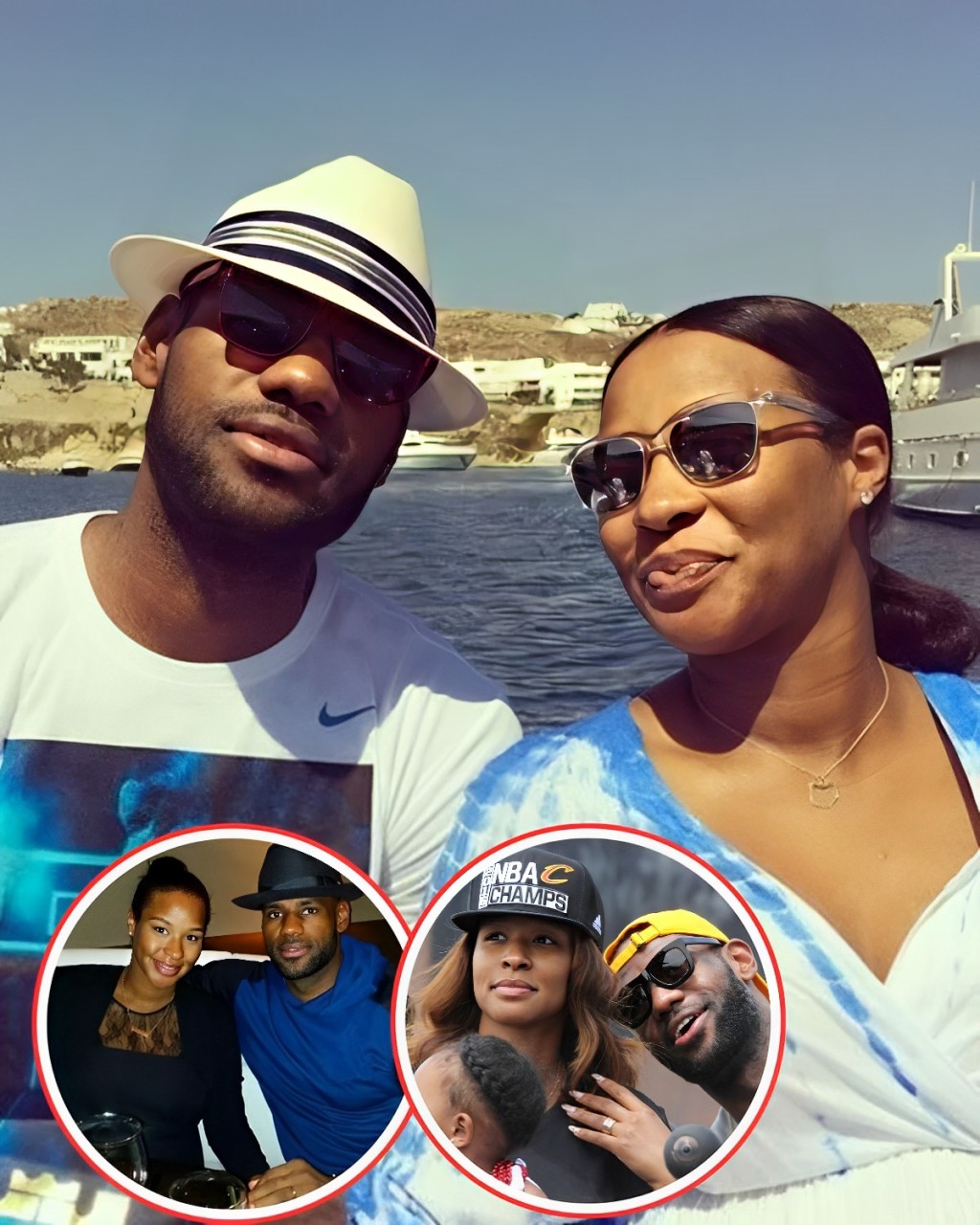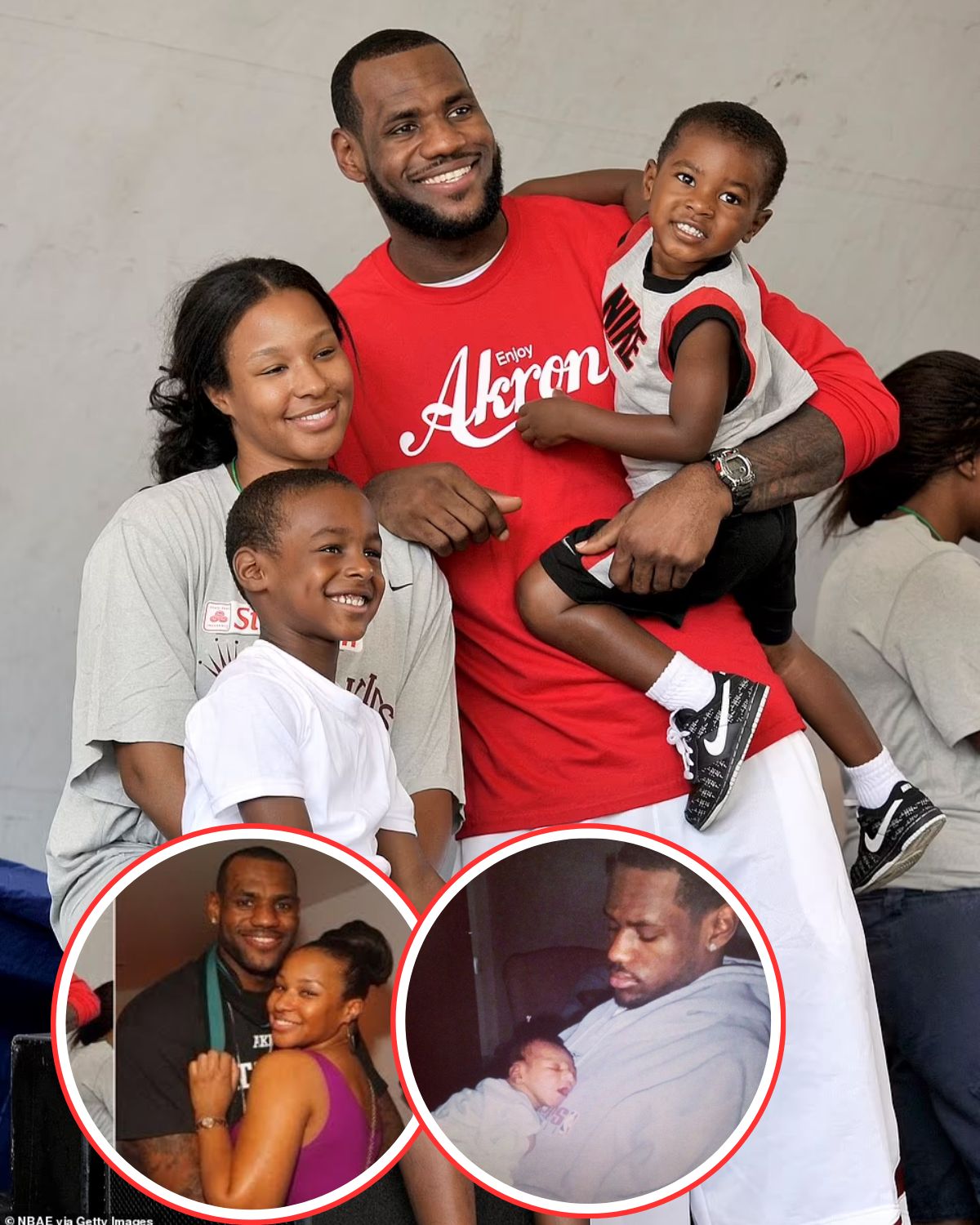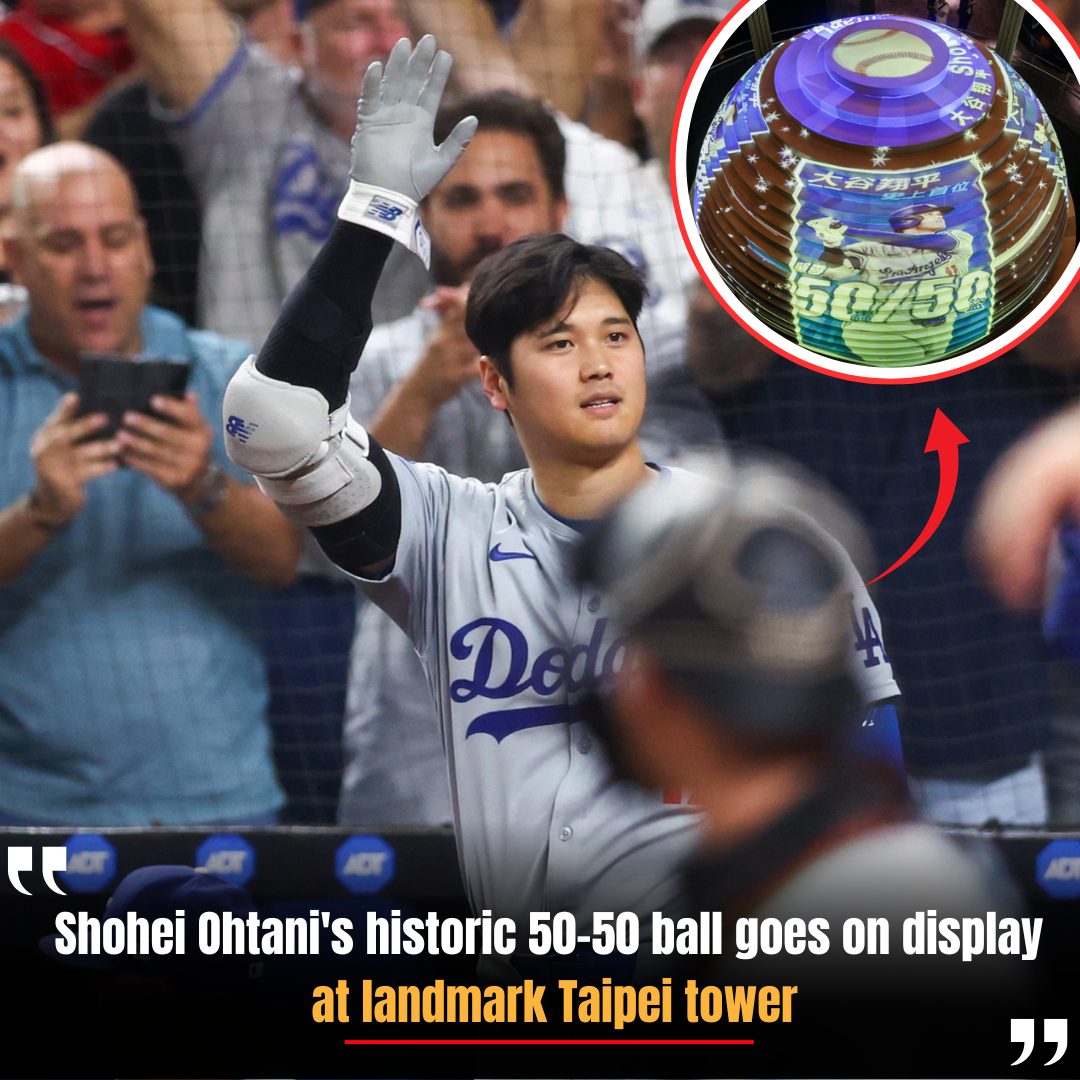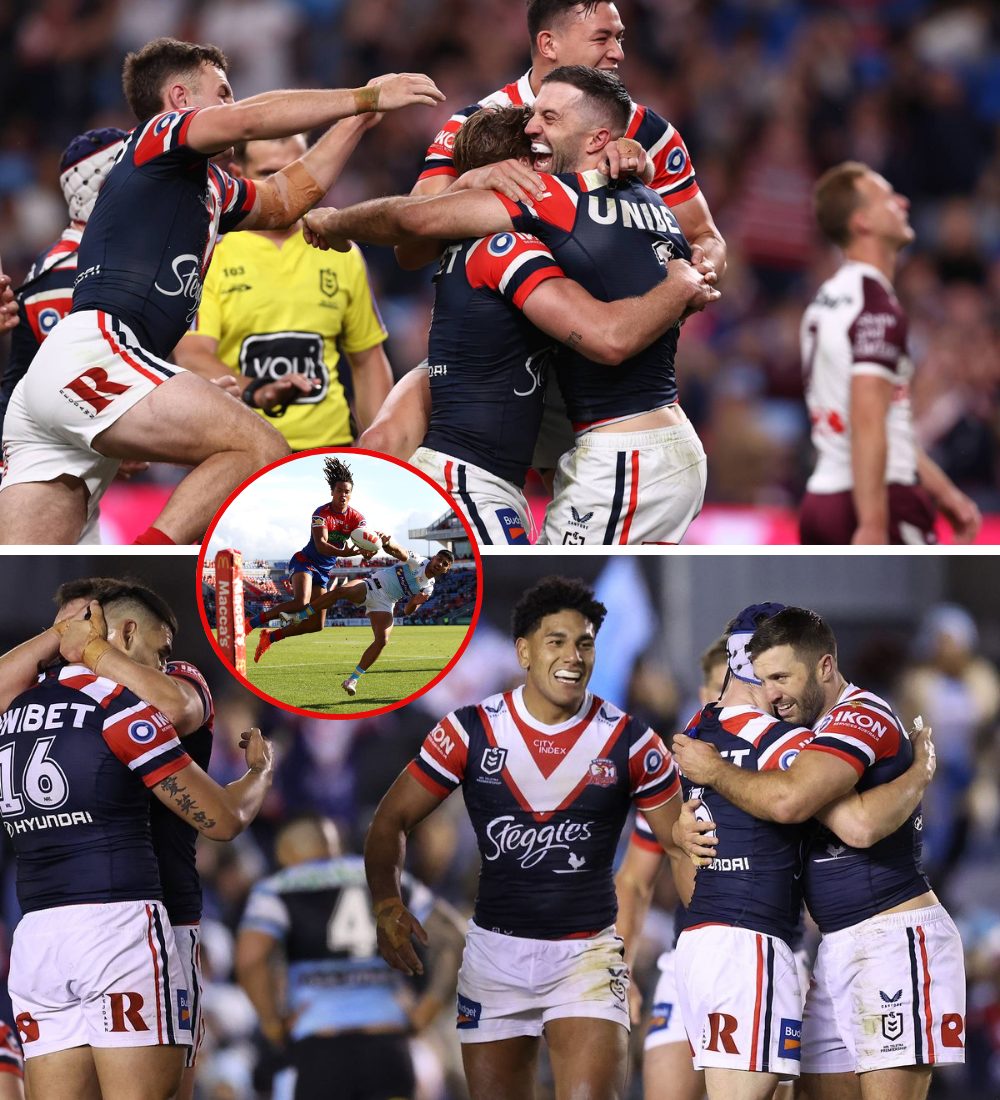The NBA has witnessed the rise of numerous extraordinary talents throughout its rich history. However, there are certain players who not only dominated the game but also had such a profound impact on the sport that they compelled the league to implement rule changes. These exceptional individuals pushed the boundaries of what was considered possible on the court, forcing the NBA to adapt its regulations to maintain balance and fairness.
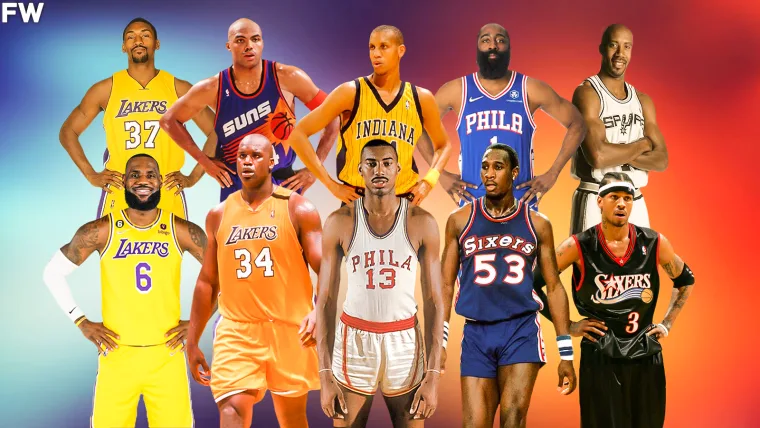
In this article, we explore 10 NBA players who, through their unparalleled s𝓀𝒾𝓁𝓁s and dominance, influenced the game to such an extent that rule adjustments became necessary. These players revolutionized their respective positions and forced opponents, coaches, and league officials to reassess strategies and regulations. From redefining the role of centers to transforming offensive and defensive tactics, these players showcased a level of s𝓀𝒾𝓁𝓁, athleticism, and strategic brilliance that left an indelible mark on the sport. They pushed the limits of what was deemed permissible, forcing the league to adapt to their extraordinary abilities.
Through their game-changing performances, these players influenced offensive and defensive strategies, challenged conventional norms, and compelled the NBA to adapt and revise its rulebook. Here are 10 NBA players who forced rule changes in the league and pushed the league to where it is today.
10. Ron Artest – Technical Fouls
Ron Artest, now known as Metta World Peace, played a significant role in changing the technical foul rules in the NBA. Artest was known for his intense and sometimes volatile demeanor on the court. In 2004, while playing for the Indiana Pacers, he was involved in a highly-publicized brawl with fans during a game against the Detroit Pistons, known as the “Malice at the Palace.”
The incident, which saw Artest and several other players involved in a physical altercation with fans, led to a league-wide examination of player behavior and the need for stricter regulations. As a result, the NBA implemented new rules regarding technical fouls and player conduct. Prior to the incident, technical fouls were primarily issued for on-court rule violations or excessive arguing with referees. However, in response to the brawl, the NBA introduced stricter enforcement of technical fouls for unsportsmanlike conduct, including any actions deemed disrespectful, taunting, or unnecessarily hostile towards opponents or officials.
As a result of these rule changes, players are now subject to fines and suspensions for accumulating a certain number of technical fouls throughout a season. The league’s emphasis on maintaining a professional and respectful atmosphere has helped prevent similar incidents and promote better sportsmanship among players.
While Artest’s actions were regrettable, the incident ultimately served as a turning point in the NBA’s approach to player conduct and the enforcement of technical fouls. The rule changes implemented in the aftermath have helped shape a more controlled and respectful environment on the court, ensuring the integrity and sportsmanship of the game.
9. Bruce Bowen – Safe Place To Land
Bruce Bowen, a former NBA player known for his defensive prowess, had an indirect influence on NBA rules through his playing style and reputation. Bowen was widely regarded as one of the premier perimeter defenders during his career, particularly with the San Antonio Spurs. His aggressive and physical defensive tactics drew attention and sparked discussions around player safety and the fairness of his approach.
Bowen’s signature defensive strategy often involved closely guarding opposing players and using various techniques to disrupt their offensive rhythm. While Bowen’s defensive s𝓀𝒾𝓁𝓁s were highly effective, some critics argued that his tactics bordered on being overly physical and potentially dangerous to opponents. In response to concerns raised by players and coaches regarding Bowen’s defensive style, the NBA gradually implemented and clarified rules to provide additional protection for offensive players.
One notable rule adjustment that came as a result of Bowen’s playing style was the “Bruce Bowen Rule.” The league made changes to how close defenders could be to offensive players without impeding their freedom of movement. The updated rules aimed to ensure a fair and balanced playing field, promoting offensive flow and reducing the risk of injury caused by overly aggressive defensive tactics.
While Bruce Bowen’s influence on NBA rule changes might not be as significant as other players, his defensive approach and the conversations it sparked played a role in shaping the league’s guidelines regarding defensive contact and player safety. Even today, we saw countless fouls called when a player is not given enough room to land after a jump shot.
8. James Harden – Offensive Play Clarifications
James Harden, an offensive superstar known for his scoring prowess and ability to draw fouls, had a significant impact on NBA rules through his playing style and offensive tactics. Harden’s unique ability to manipulate defenders and draw fouls on three-point attempts led to rule clarifications and adjustments to prevent perceived abuses of the rules. In fact, Harden might have changed more than one rule.
One notable rule clarification that arose from Harden’s style of play was related to the gathering step on a shooting foul. The league clarified that a player must gather the ball before taking the first step on a shooting motion, preventing certain movements that could be perceived as deceptive or designed to draw fouls.
Additionally, the NBA made efforts to address the specific actions used by Harden to initiate contact and draw fouls, such as the “rip-through” move. The league refined rules surrounding these offensive moves to ensure that defenders would not be penalized for incidental contact caused by offensive players’ unnatural motions.
7. Charles Barkley – 5 Seconds Back To Basket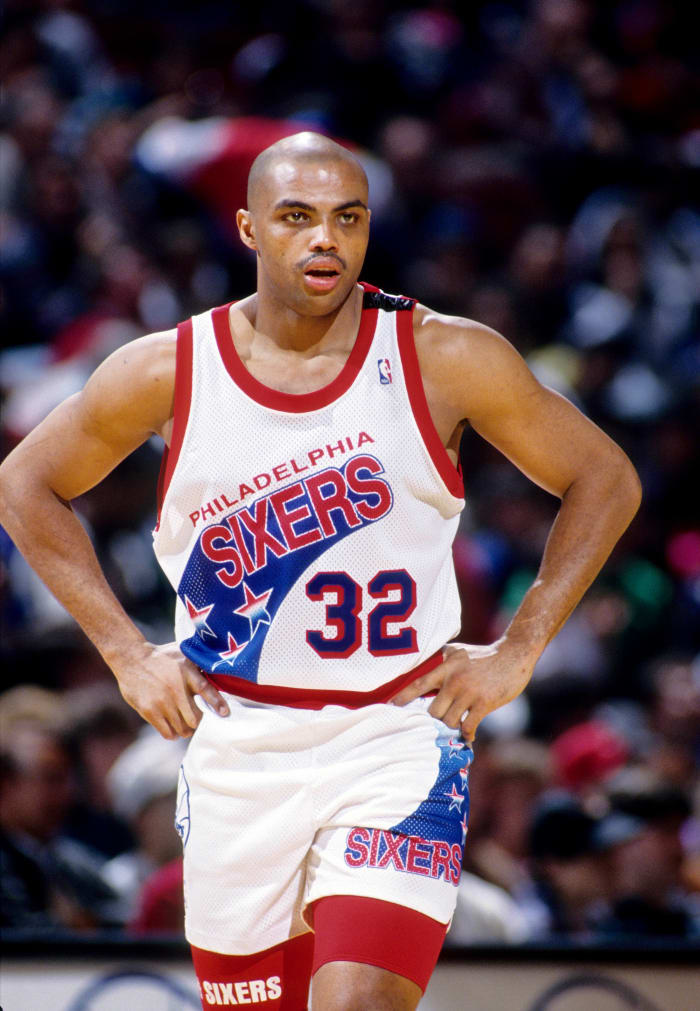
Credit: RVR Photos-USA TODAY Sports
Charles Barkley, a former NBA player and Hall of Famer, was known for his dominant presence on the basketball court and his ability to score in the low post. However, his style of play also prompted a rule change known as the “5 seconds back to basket” violation.
Before the rule change, offensive players were allowed to have their back to the basket for an unlimited amount of time, often utilizing prolonged post-up positions to gain an advantage over defenders. Barkley, along with other players who excelled in the post, took advantage of this loophole by using their size and strength to bully defenders and maintain advantageous positions for extended periods.
To address this, the NBA implemented the “5 seconds back to basket” rule in the early 1990s. The rule stated that an offensive player, while in the post with their back to the basket, could only hold the ball for a maximum of five seconds without making a move toward the basket. If the player failed to initiate a shot or pass within this time frame, it resulted in a turnover, giving possession to the opposing team.
The introduction of the “5 seconds back to basket” rule aimed to promote a faster pace of play and prevent offensive players from using extended post-up positions to slow down the game. It encouraged more decisive and active play in the low post, creating a more fluid and dynamic offensive approach. No doubt, Barkley’s dominance in the paint sparked this change which is a testament to the former MVP’s greatness despite being undersized as a 6’6” power forward.
6. Reggie Miller – Kick Out Rule
The “Reggie Miller Kick Out” rule change refers to a modification made in response to the offensive strategy employed by former NBA player Reggie Miller. Miller, known for his exceptional shooting ability, developed a tactic where he would lean into defenders while taking a jump shot, often resulting in contact. He would then extend his legs in an exaggerated manner to create additional space between himself and the defender, drawing a shooting foul.
The playstyle employed by Miller raised concerns and prompted discussions about the fairness of his actions. Critics argued that Miller was intentionally creating contact by kicking out his legs and putting defenders at a disadvantage. This tactic allowed him to draw fouls and earn trips to the free-throw line, potentially influencing the outcome of games.
In response to the concerns raised by players, coaches, and fans, the NBA implemented a rule change to address this specific action. The modification clarified that offensive players must maintain a natural shooting motion and avoid using their legs or feet in an unnatural or exaggerated manner to initiate contact with defenders.
The introduction of the “Reggie Miller Kick Out” rule aimed to preserve the integrity of the game and prevent offensive players from gaining an unfair advantage through deceptive or manipulative actions. It emphasized the importance of players maintaining balance and control during shooting motions and discouraged the practice of kicking out legs to create contact. Even today, we still see offensive players get called for offensive fouls for trying to create contact that was not there to begin with.
5. Allen Iverson – No Hand-Checking
Allen Iverson’s impact on the NBA led to a rule change related to hand-checking, which is commonly referred to as the “Allen Iverson Hand-Checking Rule.” Hand-checking refers to the defensive tactic of using one’s hand or arm to impede or redirect an offensive player’s movement. Iverson, known for his quickness, ball-handling s𝓀𝒾𝓁𝓁s, and ability to penetrate through defenses, faced significant challenges from defenders who utilized hand-checking to disrupt his offensive rhythm. Hand-checking allowed defenders to maintain contact with Iverson while attempting to slow down or impede his progress.
Recognizing the impact that hand-checking had on offensive players’ ability to create scoring opportunities, the NBA implemented stricter enforcement of the rules regarding hand-checking. The objective was to provide more freedom of movement for offensive players and promote a more fluid and open style of play.
The rule change limited the extent to which defenders could use their hands or arms to impede the progress of an offensive player. Referees were instructed to call fouls more strictly when defenders employed excessive contact through hand-checking.
The implementation of the “Allen Iverson Hand-Checking Rule” aimed to give offensive players like Iverson greater opportunities to showcase their s𝓀𝒾𝓁𝓁s and create scoring opportunities. By reducing the physicality of hand-checking, the NBA sought to promote a more dynamic and offensive-oriented game. While Iverson would have likely still won four scoring titles no matter what, not having defenders abuse him with their arms certainly made the legend’s job easier on the court.
4. LeBron James – The LeBron James Rules
LeBron James, one of the most dominant and influential players in NBA history, has had a significant impact on the league. The King’s style of play and s𝓀𝒾𝓁𝓁 set have sparked discussions and adaptations within the NBA. LeBron’s strength, speed, and aggressive drives to the basket have often led to collisions with defenders. His ability to absorb contact while maintaining control and finishing at the rim raised questions about the interpretation of charging fouls. As a result, the NBA has occasionally adjusted the rules and interpretations surrounding offensive fouls to address situations where defenders may have been in restricted areas or not established defensive position.
LeBron James’s ability to also excel in transition and his knack for intercepting long passes led to the introduction of the “clear path” foul rule. This rule allows teams to be awarded free throws and possession of the ball if a player is fouled from behind when they have a clear path to the basket. The introduction of this rule aimed to prevent defenders from deliberately fouling a player in transition to disrupt a potential easy scoring opportunity.
The superstar’s combination of size, strength, and aggressiveness has also resulted in him being subjected to hard fouls and potentially dangerous plays. The NBA has made efforts to ensure player safety by reviewing and adjusting flagrant foul rules, with a focus on protecting players from excessive and unnecessary contact, particularly during drives to the basket.
To go even deeper, LeBron James’ decision to join the Miami Heat in the summer of 2010 completely changed the way players view their own careers. While that has not affected play on the court, it has actually changed the NBA completely. Overall, while James is not directly responsible for these rule changes, his greatness as a player and individual has led to league-wide changes.
3. Darryl Dawkins – Unbreakable Backboards
Darryl Dawkins, known for his powerful dunks and charismatic personality, had an impact on the NBA that resulted in rule changes related to shattered backboards. His forceful and thunderous slams led to several instances where he shattered the glass backboards during games. Dawkins’ powerful dunks and the subsequent damage they caused drew significant attention and raised concerns regarding player safety and the cost of replacing broken backboards.
As a result, the NBA took action to prevent similar incidents and introduced structural changes to the basketball hoops and backboards. In response to Dawkins’ dunking prowess and the need for sturdier equipment, the NBA worked on reinforcing backboards and hoop structures to withstand the force generated by players. The league implemented measures such as stronger support systems and breakaway rims, which allowed the rim to flex and absorb the impact of powerful dunks without shattering the backboard.
These modifications not only addressed safety concerns but also enhanced the overall durability of the hoop as a whole, enabling players to continue showcasing their athleticism and executing powerful dunks without the fear of damaging the backboards. Dawkins is, without a doubt, one of the greatest dunkers and athletes of all time, which is why the backboard needed to be changed for him.
2. Shaquille O’Neal – Hack-A-Shaq
Shaquille O’Neal, one of the most dominant centers in NBA history, had a significant impact on the league that led to rule changes. His imposing size, strength, and ability to dominate in the paint forced opposing teams to devise strategies to counter his dominance. O’Neal’s influence on the game resulted in the implementation of the “Hack-a-Shaq” rule.
The “Hack-a-Shaq” strategy referred to intentionally fouling O’Neal, a notoriously poor free-throw shooter, to send him to the free-throw line. Teams recognized that fouling O’Neal was a way to limit his impact and force him to earn points from the charity ᵴtriƥe, where his free-throw shooting percentage was significantly lower than his overall field goal percentage.
To address this tactic and maintain the integrity of the game, the NBA introduced rule changes known as the “Hack-a-Shaq” rule. The rule aimed to limit the excessive and intentional fouling of players away from the ball, preventing teams from repeatedly fouling poor free-throw shooters to gain an advantage.
Under the rule, if a player is fouled away from the ball in certain situations, the offended team is awarded one free throw and possession of the ball. This rule change discouraged excessive and intentional fouling as a strategy to exploit a player’s weakness at the free-throw line. The implementation of the “Hack-a-Shaq” rule was a response to the challenges posed by O’Neal’s dominance and his struggles at the free-throw line. By limiting the frequency of intentional off-ball fouls, the rule change aimed to maintain a fair and competitive balance within the game while allowing players like O’Neal to showcase their s𝓀𝒾𝓁𝓁s without being excessively targeted.
1. Wilt Chamberlain – The Wilt Chamberlain Rule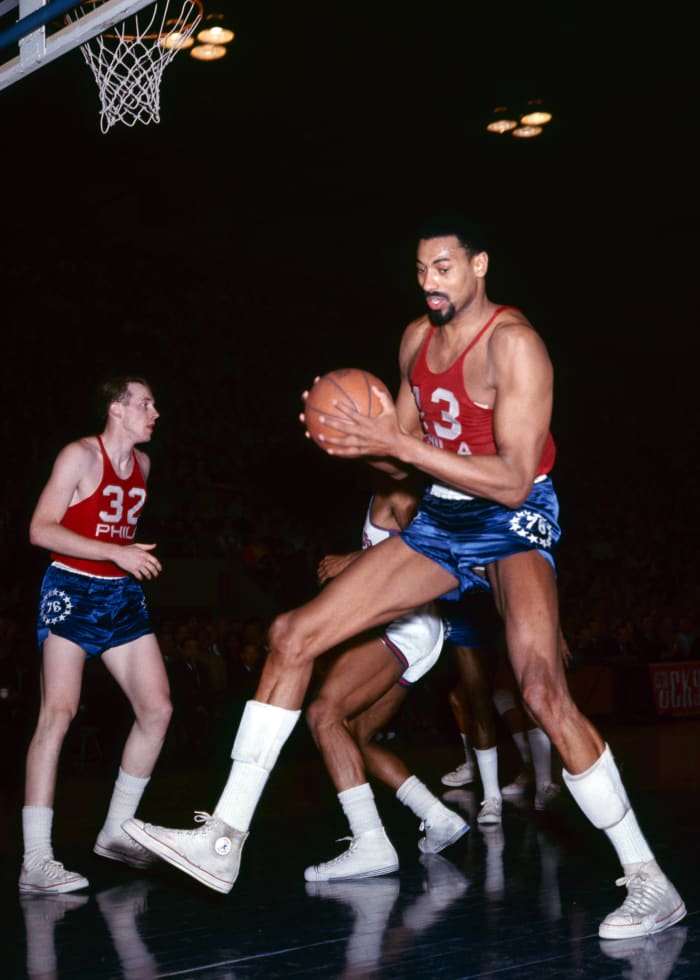
Credit: Malcolm Emmons-USA TODAY Sports
Wilt Chamberlain’s exceptional size, strength, and scoring ability forced the NBA to implement modifications to maintain competitive balance and address his overwhelming dominance. Quite frankly, before Shaquille O’Neal, Wilt Chamberlain dominated the game, unlike any force we have ever seen in sports.
One of the notable rule changes influenced by Chamberlain was the widening of the free-throw lane, also known as the “Wilt Chamberlain Rule.” Before Chamberlain’s era, the key area under the basket was only 6 feet wide, allowing players to camp near the rim and create congestion. Chamberlain’s dominance as a prolific scorer and dominant rebounder led to opponents frequently employing tactics to limit his effectiveness, including surrounding him with multiple defenders near the basket.
To counter Chamberlain’s dominance and create a more balanced game, the NBA widened the free-throw lane to its current size of 16 feet. This rule change, known as the “Wilt Chamberlain Rule,” aimed to provide more space around the basket and reduce the advantage of dominant big men like Chamberlain, who excelled in the paint.
Additionally, Chamberlain’s impact on the game influenced the introduction of several other rule changes during his career, such as goaltending and offensive basket interference violations. Chamberlain’s size and athleticism allowed him to make plays around the rim that opponents found difficult to defend. In response, the NBA implemented stricter rules to protect the integrity of the game and ensure fair competition.

